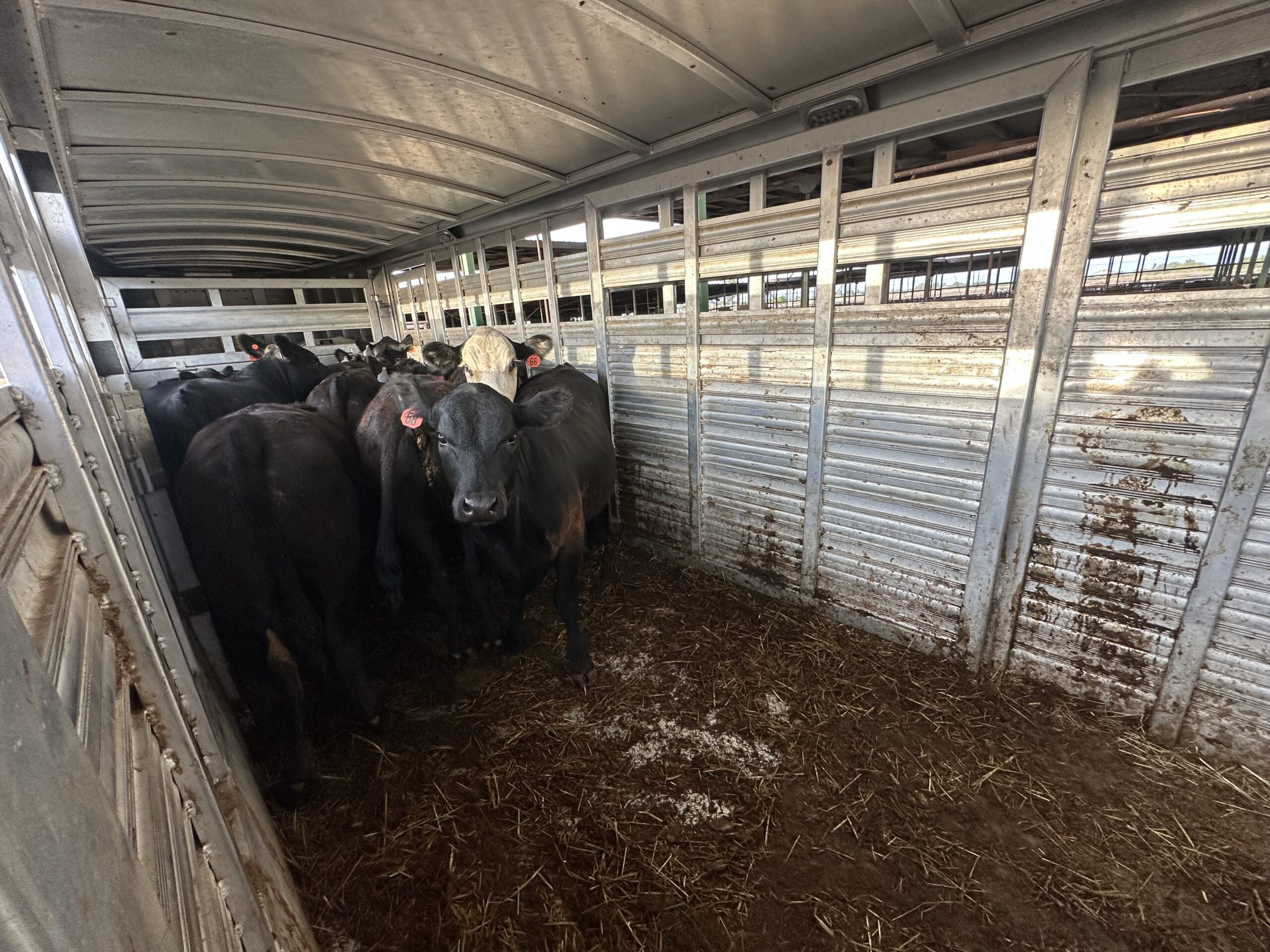In recent years, more and more people have started looking beyond the walls of office buildings and city blocks toward something that feels both timeless and freeing: living off the land. It’s not just about survival or going “off-grid.” It’s about reclaiming a rhythm of life where work and purpose are inseparable, where the cycles of the seasons shape your days, and where your livelihood and your land are one and the same.
For me, this isn’t an abstract idea. I was raised in the rural Midwest and Wyoming, where I grew up on a sheep farm, and I’ve always felt at home in wide-open spaces where the land teaches you as much as you give back to it. Today, as an agent in Northern California, I work with farmers, ranchers, and rural property owners who embody this lifestyle every day. “Living Off the Land” is more than a concept — it’s a way of life that I want to help others see, understand, and step into if it calls to them.
This is the first post in a series where I’ll share stories, wisdom, and real-life glimpses into what it means to live off the land here in Northern California. And I can think of no better way to begin than with the story of my friend and neighbor, Liann Stubblefield.
What Does It Mean to Live Off the Land Today?
Living off the land isn’t about going off-grid or surviving in isolation. Today, it looks like farmers, ranchers, and rural creators who make their living directly from the land.
It might mean raising livestock, tending orchards, running a microfarm, or even welcoming visitors through farm stays and agritourism. Some create products — honey, soaps, breads — while others share their rural life online.
At its core, living off the land simply means this: your land provides the resources and income that sustain your life.

A Day at the Sale: Liann’s Calves
I had the privilege of riding along with my friend Liann Stubblefield, a first-generation cattlewoman in Winters, California. Liann has a small herd, and this week, it was time for eight calves — four steers and four heifers — to make their way to the “sale,” the livestock auction where ranchers bring cattle to market.
I knew these calves from their very first moments, and watched Liann clean them after birth, dab iodine on their belly buttons, and administer vaccines. I helped her remove weaning rings from their noses and often stood at the fence watching them play — running, jumping, kicking up their heels with the joy only young animals know. Most were born in November, during the cool Northern California fall.
By the time I arrived, Liann already had the calves loaded into the trailer. At 4:30 p.m., we climbed into her truck and set out for Galt, hoping to arrive before the 7 p.m. check-in deadline. The calves shifted in the trailer as we drove, the weight moving like waves behind us. When we stopped for gas, I couldn’t resist peeking in — eight pairs of curious eyes stared back at me, perfectly fine, waiting.
The Sacramento rush-hour traffic finally gave way to open road. By then, the calves were quiet, settled. Liann told me that this was the best time to travel — the day had cooled from the triple-digit heat of recent weeks, puffy clouds drifted across the sky, and a soft breeze kept the air in the low 80s. She also noted that cattle prices were strong right now, with each calf potentially bringing in $2,500 or more.
We pulled into Cattlemen’s Livestock Market in Galt at 6:35 p.m. The big grey warehouse loomed as we found our spot. Two men emerged from the shadows of the corrals. Liann greeted them, and soon the process began: the back of the trailer opened, the calves shuffled out into the holding pen, then were guided into a larger corral connected to a long chute — like an airport TSA line for cattle. Within five minutes, they were gone from sight. One of the men handed Liann a pink slip of paper, the receipt for her eight calves.
I lingered at the gate longer than Liann did. For me, it felt like a goodbye — but Liann had already closed the trailer, buckled her seatbelt, and started the truck. Life on the land doesn’t pause; there’s always more to do.
On the drive back, the trailer felt lighter — and so did the mood. The sun was setting over the fields, painting the sky with streaks of orange and violet. Liann reflected on the journey of these calves, from before birth through their care and growth, to this final step. She also worried about her bull, who was recovering from an abscess on his foot, and hoped he’d be stronger by the evening.
We stopped so I could run into a freshly tilled field and capture the sunset without telephone wires in the way. Liann said, “Anyone who sees this sunset and doubts there is a God, I cannot understand.” I agreed. The beauty was undeniable, as was the grace that comes from a life lived so close to the rhythms of nature.
By the time we pulled back into her ranch, the bull and a young heifer (No. 55, as Liann calls her) were waiting for water. The bull still limped, but looked improved. The workday wasn’t over — it never is for those living off the land.
Why More People Are Leaving the 9-5 to Live Off the Land
Stories like Liann’s show why so many people are drawn to this lifestyle. It’s not easy — in fact, it’s often backbreaking. But it brings something an office job rarely offers: autonomy, connection, and fulfillment.
People are craving more than a paycheck. They want work that matters, where the results are tangible, and where life runs at the pace of seasons, not deadlines.

Creative Ways People Are Living Off the Land
Living off the land doesn’t always mean raising cattle. Across Northern California, people are finding creative ways to blend passion and practicality:
- Microfarms and orchards that supply local markets.
- Beekeeping and apiculture, producing honey and pollination services.
- Farm stays and agritourism, opening land to visitors who crave authentic rural experiences.
- Cottage industries like soaps, tinctures, breads, and preserves.
- Content creation that brings the story of rural life to global audiences.
Each path is different, but all share one truth: the land provides.
The Real Pillars: Food, Energy & Community
Living off the land isn’t just about income — it’s about building resilience. Food production ensures sustenance and independence. Renewable energy sources like solar reduce costs and reliance. And community support — whether through bartering, shared equipment, or neighbors lending a hand — weaves the safety net that keeps rural life possible.
Final Thoughts: Designing a Life That Works for You
There is no one way to live off the land. For some, it means raising cattle. For others, orchards, honey, or farm-stay businesses. And for many, it’s a combination of skills, side hustles, and community support.
What unites them all is the pursuit of freedom, creativity, and connection.
As I begin this series, I invite you to reflect: Have you started your land-based journey? What would it look like for you to live off the land?



